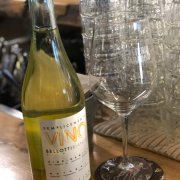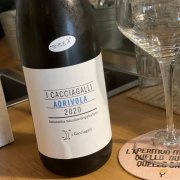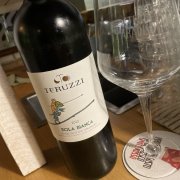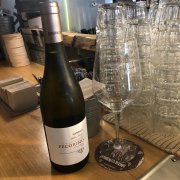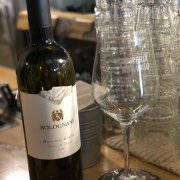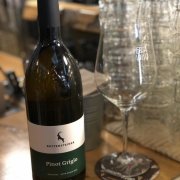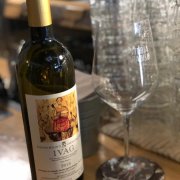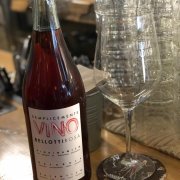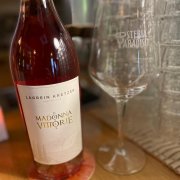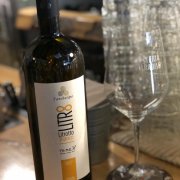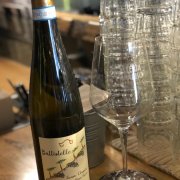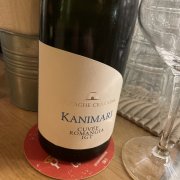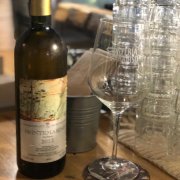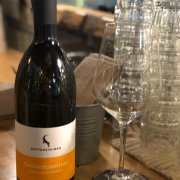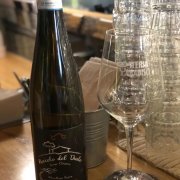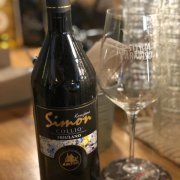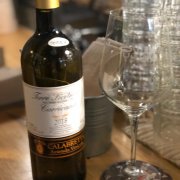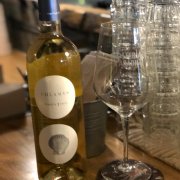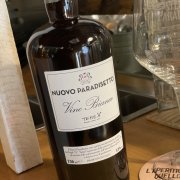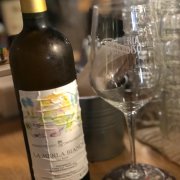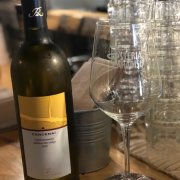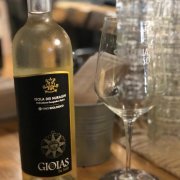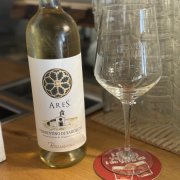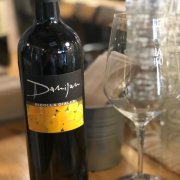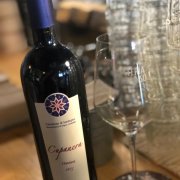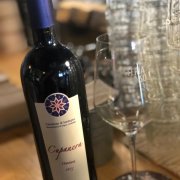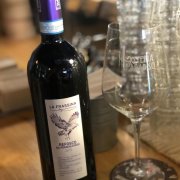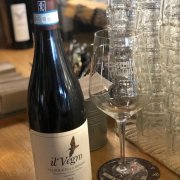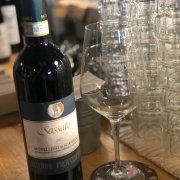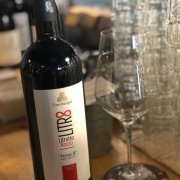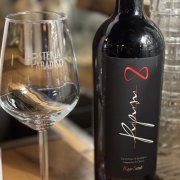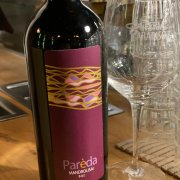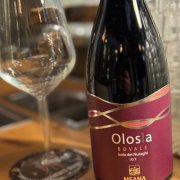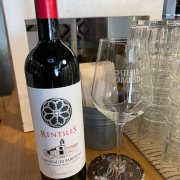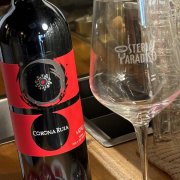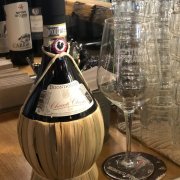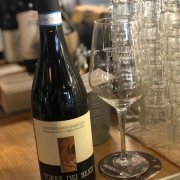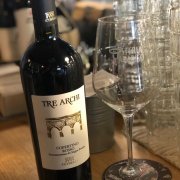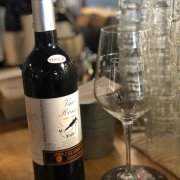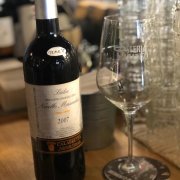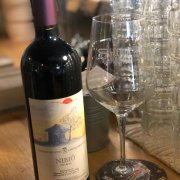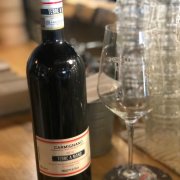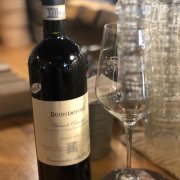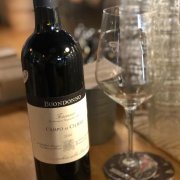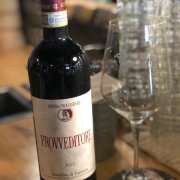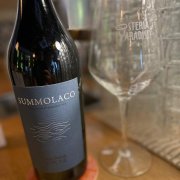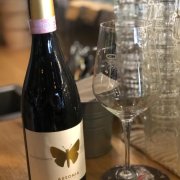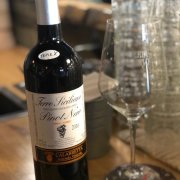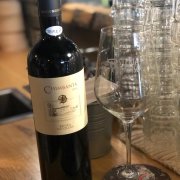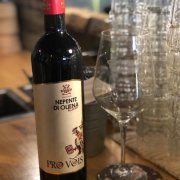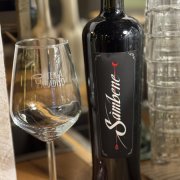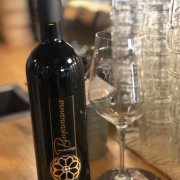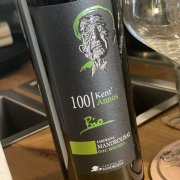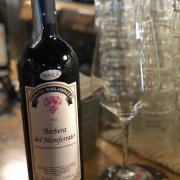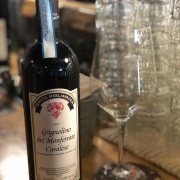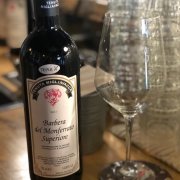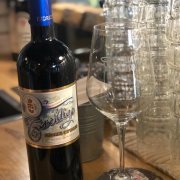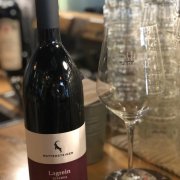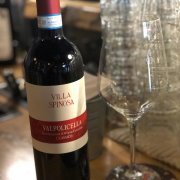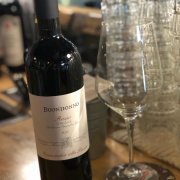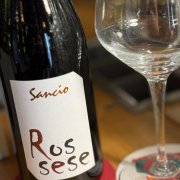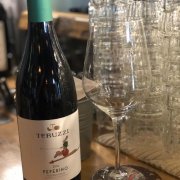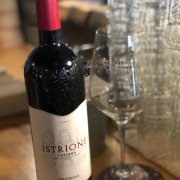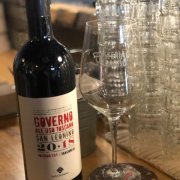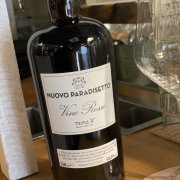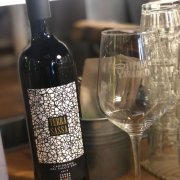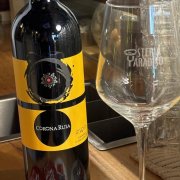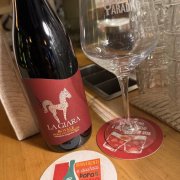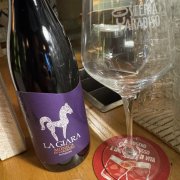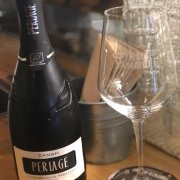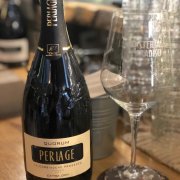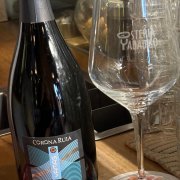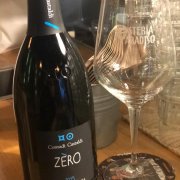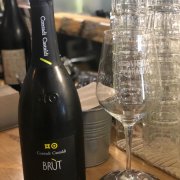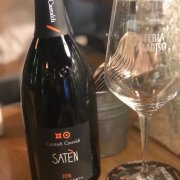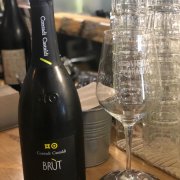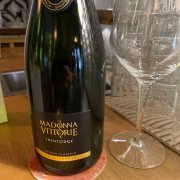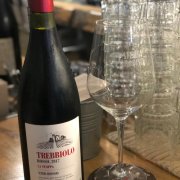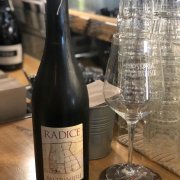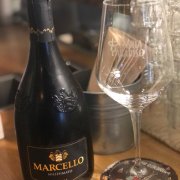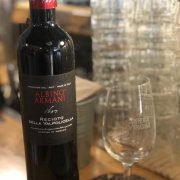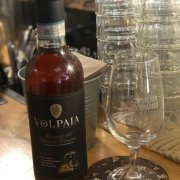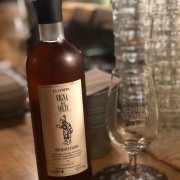Whites and Rosé wines
fruity and fresh selection
3 POP
Barbera, Nebbiolo- Pavia IGT - Rosato Mosso Ancestral Method 13%
Bottle22,00 €
Welcome to Osteria:
Our wine list is the result of the search for the most fascinating wines of the national territory. Whose choice has been perfected exclusively based on our personal taste, where quality, originality, and passion for this magical drink prevail over the brand and standardization.
Whites and Rosé wines
fine and soft selection
Welcome to Osteria:
We particularly like those who love and respect their territory, safeguarding native vines, sometimes bringing back to life uses and preparations written by our ancestors, or proposing combinations / blends not yet explored but always in full respect of nature.
Whites and Rosé wines
intense and structured selection
How to read the Labels ...
CLASSIC and HISTORICAL, these are wines (not sparkling), produced in the area of the oldest origin. RESERVE, these are wines subjected to greater aging than the norm: + 2 years for red wines; + 1 year for white wines; + 1 year for sparkling wines (Martinotti or Charmat method); + 2 years for Classic Method sparkling wines.
RED WINES
generous selection and character
Triple "A" in a nutshell ...
A for FARMERS: Only those who cultivate the vineyard directly can establish a correct relationship between man and vine, and obtain healthy and ripe grapes exclusively with natural agronomic interventions, without using synthetic chemicals, respecting the vine and its cycles. A for ARTISANS: “artisanal” methods and skills are needed to implement a viticultural and oenological production process that does not modify the original structure of the grape, and does not alter that of the wine, using only indigenous yeasts, without chemical or physical interventions. A as ARTISTS: Only the “artistic” sensitivity of a producer, respectful of his work and his ideas, can give life to a great wine where the characteristics of the territory and the vine are enhanced.
RED WINES
rich and robust selection
How to read the Labels ...
SUPERIORE, these are wines with Denomination of Origin with higher qualitative characteristics deriving from an alcoholic strength higher than that of the base wine from which they derive and with a yield per hectare lower than at least 10% compared to normal. PASSITO or WINE PASSITO, also including the words «Wines from Overripe Grapes» and «Vino da Uve Passite» are those wines with Denomination of Origin, still GI, obtained from fermentation of grapes subjected to natural drying or in a conditioned environment.
RED WINES
frank and sliding selection
How to read the Labels ...
VINEYARD, followed by the relative toponym, can only be used in the presentation and designation of Denomination of Origin wines obtained from grapes grown in the estate. BIODYNAMIC, is the wine obtained from grapes from biodynamic agriculture, all stages of production must be in balance with the terrestrial ecosystem. The chemistry of pesticides is banned and we work in consideration of astrological influences and in full respect of the environment. ORGANIC, is the wine obtained with procedures regulated at European level and subject to the relative certifications. The rules concern the management of the land, that of the vineyard, the protection of the plants, the vinification in all its phases up to the maturation of the wine and its bottling, the labeling. They are the result of a drastic restriction of the interventions authorized by the legislation to which conventional wine is subject, in order to favor natural processes as much as possible. Vineyard preparations, additives and authorized adjuvants must themselves be organic and of natural origin.
Bubbles
Martinotti - Charmat method
In this process ...
fermentation takes place in a pressurized autoclave at a controlled temperature, for a period ranging from 30 days to 6 months, during which the sugars present are transformed into alcohol and carbon dioxide by the yeasts. The sparkling wine is then immediately bottled and ready to be consumed.
Bubbles
Classic method
This process...
essentially consists in favoring a second fermentation of the wine which takes place inside the bottle, also called refermentation in the bottle. A particular aspect of this technique is constituted precisely by the bottle that accompanies the wine from its refermentation until the moment of consumption. In other words, the bottle that contains a classic method sparkling wine is exactly the same in which the sparkling wine was produced.
